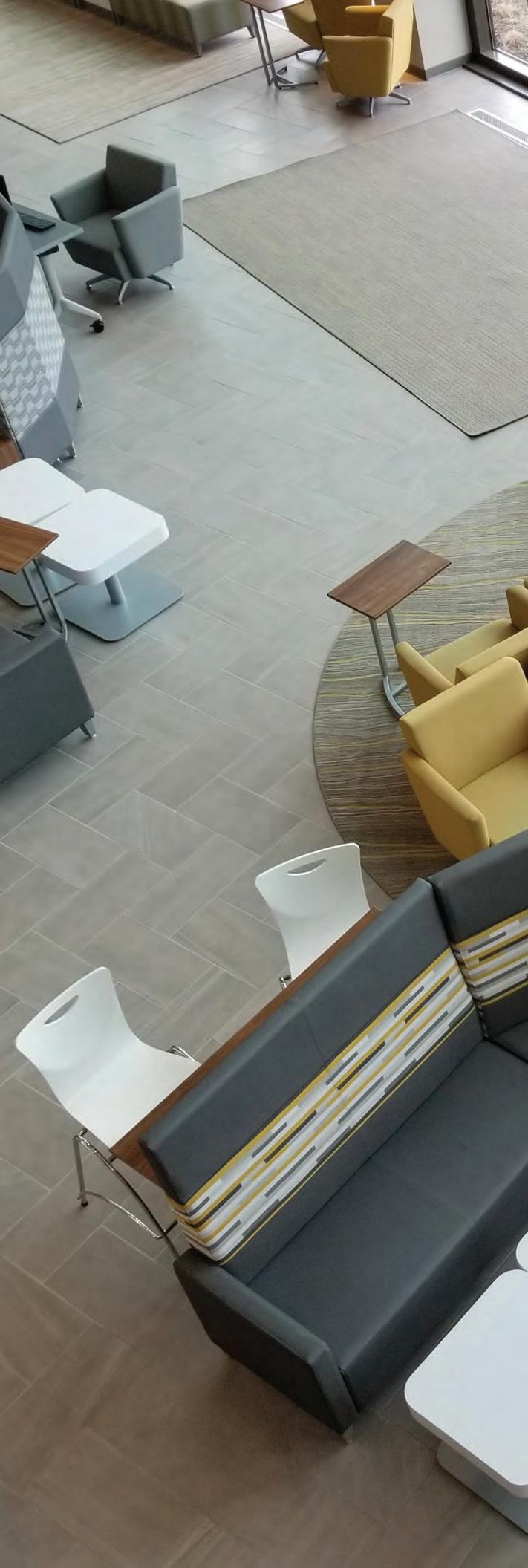
1 minute read
Do you want your own copy of this magazine? SPACES PLANNING LEARNING SPACES PLANNING LEARNING
To show we loved the children in our care as well as the earth, we tried, where feasible, to ensure that the building included green solutions. For example, the roof was angled so that solar panels could get the most sun. Cold wet Cape winters and dry scorching summers presented a challenge to managing temperatures. Deciduous vines were planted in massive pots during the construction phase and replanted when the building was complete. Soon, vines covered the tensile steel railings, providing shade in summer and letting in heat in the winter.
Lighting specifically designed to support the creation of art is provided by dormer windows and large, glass sliding doors in the art studios. Sliding doors in every learning space open onto wide verandas to let in air but also to slide open onto the vast possibilities that exist beyond classroom walls.
ESTEAM includes a reflective space. In this cyberphysical world children need to have space to think about what technology means for their own personal humanity. Ironically, they need a place that is quiet and tech-free to cope with and contemplate the use of tech effectively.
The value of collaboration
The ESTEAM building is designed to house a variety of disciplines able to collaborate while also being autonomous when necessary. The fact it has few permanent internal walls discourages division and users must be aware of the needs of others.
In the past, teachers didn’t encourage collaboration. As pupils we were taught to cover our work, not look at the answer given by a peer, and so we were deprived of key learning opportunities. In ESTEAM, the solution room is for finding solutions (not solving problems). Semantics is important. The glass walls are for students to work out their solutions so others can see their thinking.
Children need to know that there is no shame in asking for another to help, or to offer help. ESTEAM represents an opportunity for young people to find a niche of excellence and to learn to collaborate with a diverse range of other people who have strengths they perhaps do not yet have.
After all, NASA’s InSight spacecraft didn’t land on Mars because of one person, but because of the collaboration of scientists, artists, dreamers and doers.
What do parents of young children seek when searching for an early learning centre? At Mi Casita, a bilingual pre-school, the clue for pupils is in the name, “My Little House”. Bridgitte Alomes (pictured, right), the CEO of Canadian learning furniture company Natural Pod, explains how she helped create a safe, welcoming and meaningful environment for the residents of Brooklyn.










